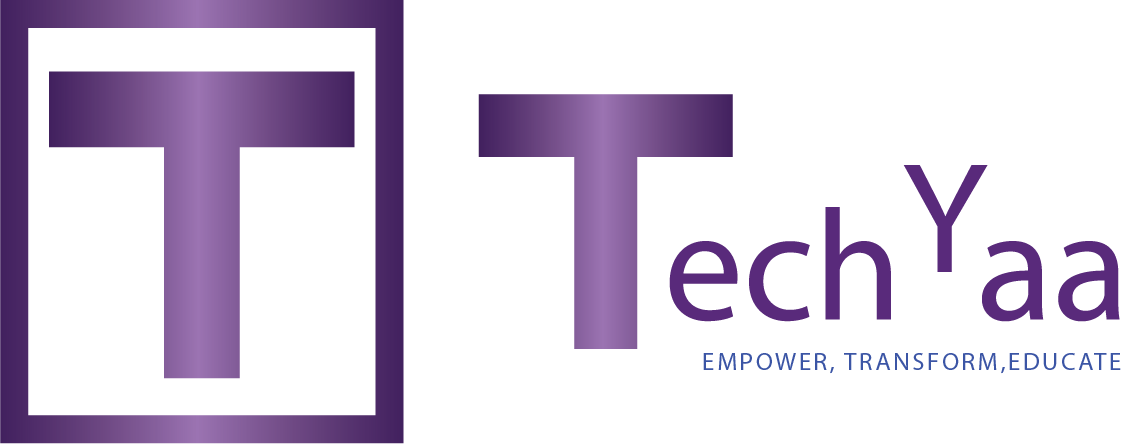Object Oriented Programming (OOP) stands as a foundational programming paradigm that revolves around the concept of objects. At its core, OOP treats everything as an object, each with its own unique set of data and methods. This approach fosters a modular and organized way of coding, enhancing the efficiency and maintainability of software systems.
In OOP, objects represent real-world entities, abstract concepts, or elements within a program. They encapsulate both data, known as attributes or properties, and methods, which define the behaviors or actions that the object can perform. By encapsulating data and methods within objects, OOP promotes modularity, making it easier to manage and scale complex systems.
One of the key advantages of OOP is its ability to promote code reusability through concepts such as inheritance and polymorphism. Inheritance allows objects to inherit properties and methods from parent objects, while polymorphism enables objects to take on multiple forms based on their context.
Given its versatility and efficiency, OOP is widely used in software development across various domains, including web development, mobile app development, and game development. Its emphasis on modularity, reusability, and scalability makes it a powerful tool for building robust and maintainable software systems in today’s fast-paced technological landscape.
Understanding Abstraction
Abstraction is a fundamental concept in OOP that allows developers to hide complex implementation details and focus on the essential aspects of a system. It involves identifying relevant attributes and behaviors of objects while suppressing unnecessary details.
Key Concepts of Object Oriented Programming
Encapsulation
Encapsulation is the bundling of data and methods that operate on the data into a single unit, known as a class. It helps in data hiding and protects the integrity of data by preventing unauthorized access.
Inheritance
Inheritance allows a class to inherit properties and methods from another class, known as the superclass. It promotes code reuse and facilitates the creation of hierarchical relationships between classes.
Polymorphism
Polymorphism enables objects of different classes to be treated as objects of a common superclass. It allows for method overriding and dynamic method dispatch, enhancing flexibility and extensibility.
Benefits of Using OOP
OOP offers several advantages for software development:
- Reusability of code: Objects can be reused in different parts of the program, reducing redundancy and promoting efficiency.
- Modularity and flexibility: OOP promotes modular design, making it easier to maintain and modify code.
- Maintenance and scalability: OOP makes it easier to maintain and extend software systems as they evolve over time.
Implementing Abstraction in OOP
In OOP, abstraction is implemented through the creation of classes and objects. Classes serve as blueprints for creating objects, defining their properties and behaviors. Methods and properties encapsulate the implementation details, providing a clear interface for interacting with objects.
Examples of Abstraction in Real-world Applications
Abstraction is prevalent in various real-world applications, including:
- Software design patterns: Design patterns abstract common solutions to recurring problems in software design.
- Development frameworks: Frameworks abstract complex functionality, providing developers with pre-built components and tools.
Best Practices for Mastering OOP
To master OOP, developers should adhere to best practices such as:
- Writing clean and organized code: Maintain readability and clarity to facilitate understanding and collaboration.
- Understanding design principles: Familiarize yourself with SOLID principles and other design guidelines to ensure robust and scalable solutions.
- Continuous learning and improvement: Stay updated with the latest developments in OOP and explore advanced concepts to enhance your skills.
Common Pitfalls to Avoid
While using OOP, developers should be cautious of common pitfalls such as:
- Overcomplicating designs: Avoid unnecessary complexity by keeping designs simple and straightforward.
- Tight coupling: Minimize dependencies between classes to improve code maintainability and flexibility.
- Ignoring SOLID principles: Adhere to SOLID principles to create well-structured and maintainable codebases.
Tools and Resources for Learning OOP
Numerous tools and resources are available for learning OOP, including:
- Online courses and tutorials: Platforms like Coursera, Udemy, and Codecademy offer comprehensive courses on OOP.
- Books and reference materials: Explore books like “Head First Design Patterns” and “Clean Code” for in-depth insights into OOP principles.
- Practice exercises and projects: Engage in hands-on coding exercises and projects to solidify your understanding of OOP concepts.
Conclusion
Mastering Object-Oriented Programming is essential for aspiring software developers. By understanding the power of abstraction and embracing key OOP principles, developers can create robust, scalable, and maintainable software solutions.




